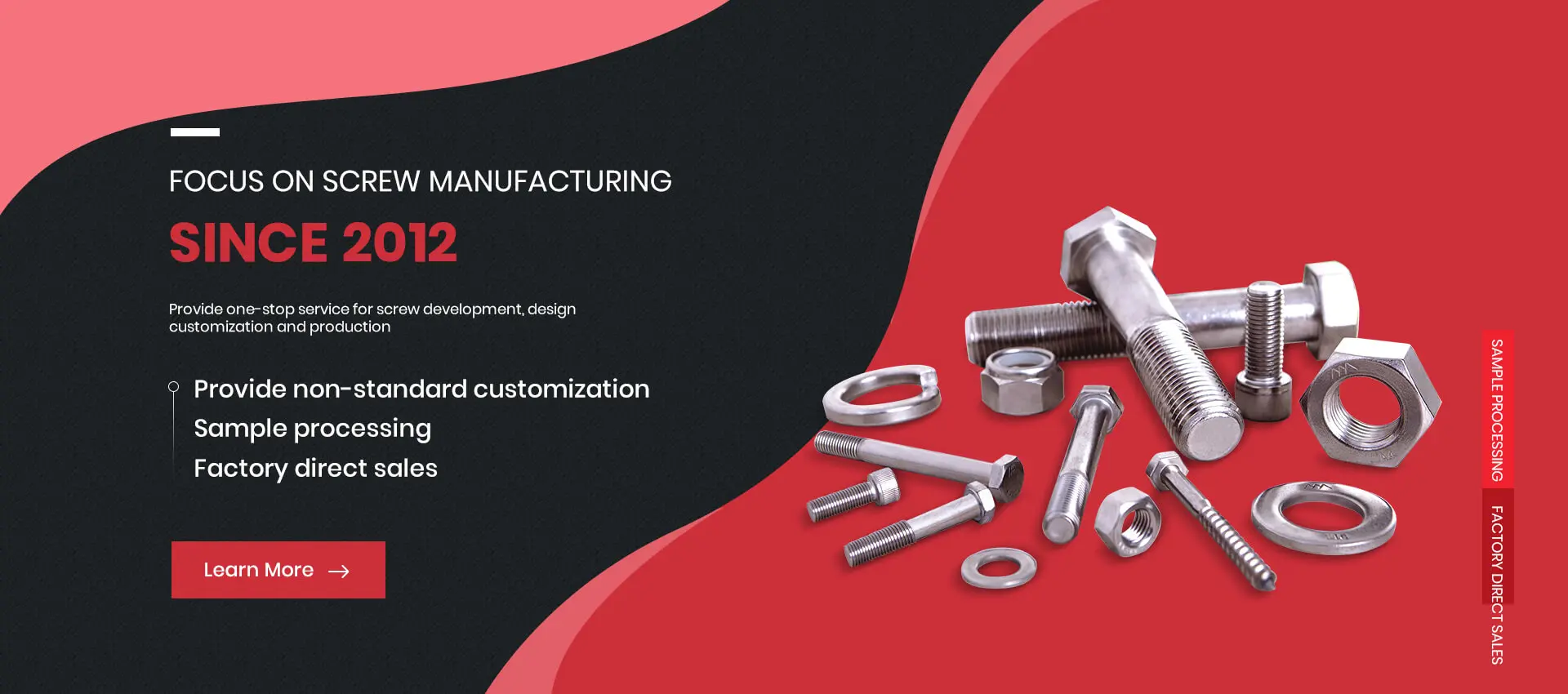Differences and Applications of Self-Tapping Screws and Self-Drilling Screws
Differences and Applications of Self-Tapping Screws and Self-Drilling Screws
Introduction
Self-tapping screws and self-drilling screws, while both being threaded fasten
ers, differ significantly in their design, purpose, and method of use. Understanding these differences can help in selecting the appropriate screw for various applications.
Main Differences Between Self-Tapping Screws and Self-Drilling Screws
Appearance:
- Self-Drilling Screws:These screws feature a drill bit at the tip, also known as a drill point or a flute.
- Self-Tapping Screws:The tip of a self-tapping screw is pointed, but lacks a drill bit, making the bottom of the thread smooth.
Applications:
- Self-Tapping Screws:Typically used with non-metallic or softer metallic materials. These screws can drill a hole, create a thread, and secure materials without the need for a pre-drilled hole.
- Self-Drilling Screws:Commonly used in light steel structures, these screws can penetrate thin steel sheets and are widely used in various building and industrial structures.
Method of Use:
- Self-Tapping Screws:Require a pre-drilled hole before installation. Once the hole is prepared, the screw can be inserted using a screwdriver or drill.
- Self-Drilling Screws:Can be directly screwed into materials like steel or wood without the need for a pre-drilled hole, as the drill point creates the hole during installation.
Detailed Overview: Self-Drilling Screws vs. Self-Tapping Screws
Self-Drilling Screws: Self-drilling screws, also known as Tek screws, are designed with a drill bit at the tip that allows them to drill their own hole as they are driven into materials. These screws come in various types such as pan head, flat head, hex washer head, and more. They are primarily used for attaching metal to metal or wood, and their ability to self-drill makes them ideal for construction and industrial applications.

Self-Tapping Screws: Self-tapping screws are designed to tap their own thread as they are driven into a material. They are ideal for use in softer materials such as plastic, wood, or thin metal sheets. Self-tapping screws do not require a nut and can form their own internal thread, making them efficient for quick assembly and repair jobs.

Application and Maintenance of Self-Tapping and Self-Drilling Screws
Self-Tapping Screws Features:
- Versatility:Self-tapping screws are used for joining thin materials, with a penetration capacity typically not exceeding 0.24 inches (6mm) and a maximum of 0.47 inches (12mm). They are often used outdoors due to their corrosion resistance, with rubber washers providing a watertight seal.
- Ease of Use:These screws can perform drilling, tapping, fastening, and locking in one operation, particularly suited for wood.
- Size and Classification:Described by diameter gauge, thread count per inch, and length, with diameter gauges typically in 10 and 12, corresponding to diameters of 0.19 inches (4.87mm) and 0.21 inches (5.43mm). The thread count influences the drilling ability.
Installation Guide for Stainless Steel Self-Drilling Screws:
- Tool Selection:Use a 600W power drill and adjust the positioning guide to ensure accurate drilling. The speed should be adjusted according to the screw size: 1800-2500 RPM for sizes 6# to 10#, and 1000-1500 RPM for sizes 12# to 14#.
- Installation Steps:Ensure the drill is perpendicular to the surface of the material, apply consistent pressure, and stop drilling immediately when the screw is in place to avoid over-drilling.
- Tips for Power Drills:Use the positioning control device to avoid overdriving screws, which could cause head or screw breakage and improper connections.
Special Screw Maintenance:
- Debris Removal:After quenching, special screws need to be cleaned thoroughly with silicate and rinsed to remove residues.
- Damage Prevention:Post-heat treatment, screws may discolor or leave oily residues, indicating improper surface cleaning. This can result from improper stacking during quenching, causing slight oxidation.
- Surface Cleaning:High-strength screws should undergo acid cleaning and thorough rinsing to prevent white residues, often phosphates, from remaining on the screws.

Conclusion
Choosing the right type of screw, whether self-tapping or self-drilling, is crucial for the stability and efficiency of fastening tasks. Understanding their differences, applications, and maintenance requirements ensures optimal results for your project.
If you’re looking to purchase high-quality self-drilling screws, AOZHAN offers a wide range of options to meet your specific needs. Contact us today for more information or to place an order.












